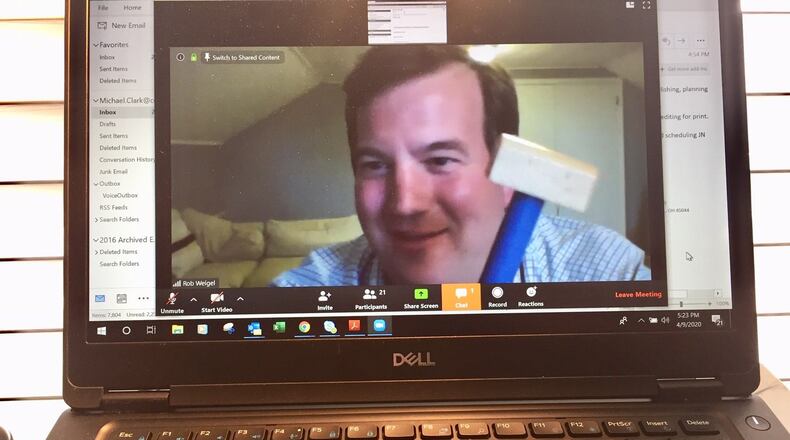Recent changes in state public meeting laws – brought on by Ohio’s ordered closing of all public and private schools through at least May 1 — now allow for local school boards to meet without doing so in person to promote public safety during the health crisis.
The biggest drawback, said some Butler County school officials, is the lack of same-time public input that is a staple of regular school board meetings during the required public comment sections of those gatherings.
The public can watch and listen as the virtual meetings happen via Zoom and other digital meeting formats – with links provided on school district websites. But their comments or questions are often limited to submitting emails during and after the board meetings.
The direct public connection is missed, said board members.
“While technology has the ability to enhance how we do business, it will never be able to have the power of a face-to-face meeting with each other and our community,” said Lakota Board of Education President Brad Lovell. “While I think meeting virtually is a great option as a stop gap until we are able to meet again, I think that being able to meet in person is way more powerful as a board of education.”
MORE: Butler County students continue fighting for suicide prevention from their homes
Lakota member Todd Parnell said after this week’s meeting, which was the board’s first virtual meeting, he anticipates the district will find a way for real-time public input and questioning.
“In these uncertain times we are focused on keeping the public informed and engaged,” he said. “We need to find a better way for community comment and participation, which we are working on. Whether that be an active twitter feed or pre-sign up for people who want to address the board, we will come up with something that works before our next meeting.”
When possible, some area school boards are delaying discussions of pending issues of wide public interest.
Lakota officials said their plans to discuss an in-progress facilities study, which may eventually lead to proposing the building of new schools, are being postponed until regular public meetings can be held.
Robert Hancock, veteran treasurer of the 10,000-student Hamilton Schools, said this week’s virtual school board was a unique experience. In his 27th year at Hamilton, Hancock said it was the first a board meeting was held online.
School district residents couldn’t immediately interact with board members but were invited to submit any questions or comments after the meeting via email, he said.
Rob Weigel, president of the Hamilton Board of Education, got some laughs out of his fellow board members by starting the meeting showing up on screen with his child’s toy hammer, which he said would double as his usual president’s gavel.
The new, digital world of virtual school board meetings – for now — can’t be avoided, said Weigel.
“We are all obviously in a much different place from even three or four weeks ago because of COVID-19 pandemic,” he said. “I thought the board meeting Thursday went as well as could be expected under the circumstances. I do miss the public input from citizens and also just seeing my fellow board members and that face to face interaction. Technology is great but there is no substitute for greeting someone in person.”
About the Author
